One More Step to Go!
We have also sent a verification link to your email ID:
qabuyer@droom.in
Please verify your email account
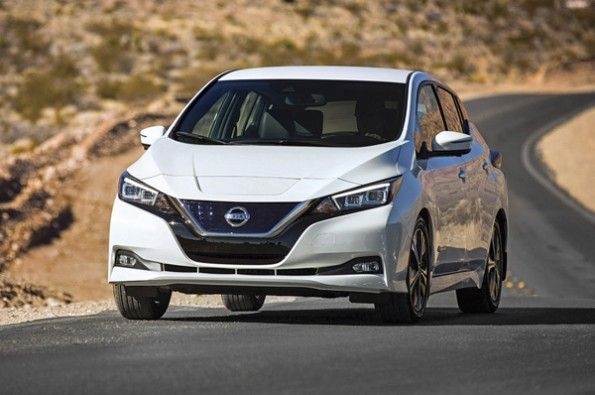
The new Leaf is the follow-up to the world’s best-selling electric car, and is a model that you just might see on sale in India in the not-too-distant future. We’re in Vegas to drive the car and the plan is to take it around 80km outside the city, take a few shots and come back. For a 160km round trip in an electric car, this should traditionally have you worried – not anymore says Nissan’s team. The new Leaf promises a range of 240-400km on a single charge and its 40kWh battery pack takes eight hours to charge fully. Fast charging gives the battery pack up to 80 percent in 40min.
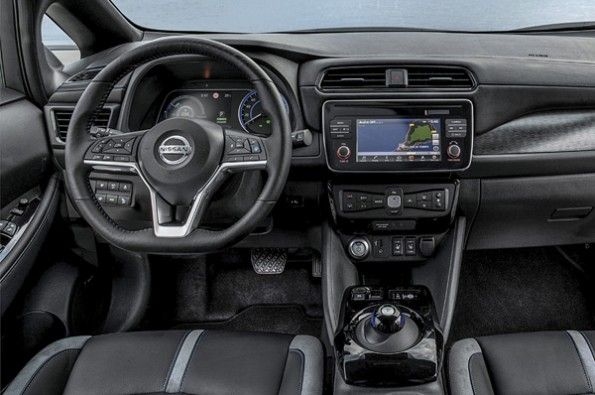
The Leaf’s cabin is inspired by other Nissan’s and is fairly neat and straightforward. We hop in and slot the car in D mode and set off. It takes time to get used to a car that makes no noise. Once we hit the freeway, the Leaf holds onto speeds of upto 110kph and it builds pace quite well. Initial acceleration is strong, and it responds to inputs really well. The car uses a 110kW (about 150hp) electric motor (the old Leaf made 80kW or 109hp) that is very refined.
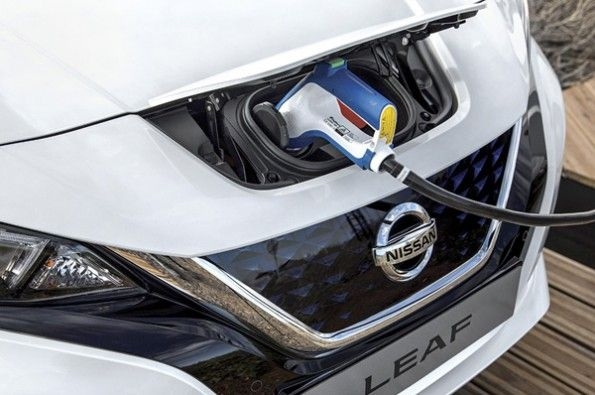
The car has a unique ‘e-Pedal’ feature that maximises regenerative braking, so taking your foot off the accelerator pedal has the same effect as mild braking. For more braking power, you can use the traditional brake pedal. The e-pedal feels almost natural and is very easy to get used to – it’s something Indian drivers would love. The steering isn’t very involving but we weren’t expecting it to be really. The car comes with ProPilot - Nissan calls it a ‘single-lane autonomous driving technology’. This tech uses adaptive cruise control with lane-keep assist and, in this mode, the Leaf will adjust its speed in reference to the car ahead and will keep your car centred to the lane. You can take you hands off the wheel and let the car do the driving.
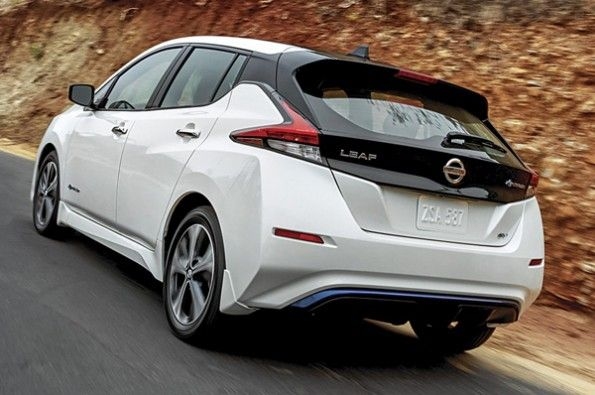
This Leaf’s styling doesn’t stand out as much as the previous car did, in fact this looks like a car that will blend into the existing range of fossil-fuel-powered cars. And, it’s practical too, with a large boot, though rear seat passengers might find the floor set a bit high.
So, when is the car coming here? Right now, Nissan is evaluating the feasibility - it will be brought in as an import and will cost about as much as a luxury sedan. Plus, India needs a lot more charging stations before this car makes practical sense to drive here.
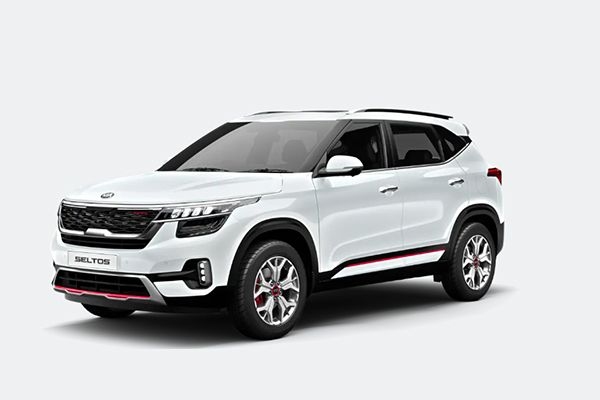
Kia recently unveiled the 2023 Seltos facelift in India, and the bookings for the updated model will start on July 14.
Read More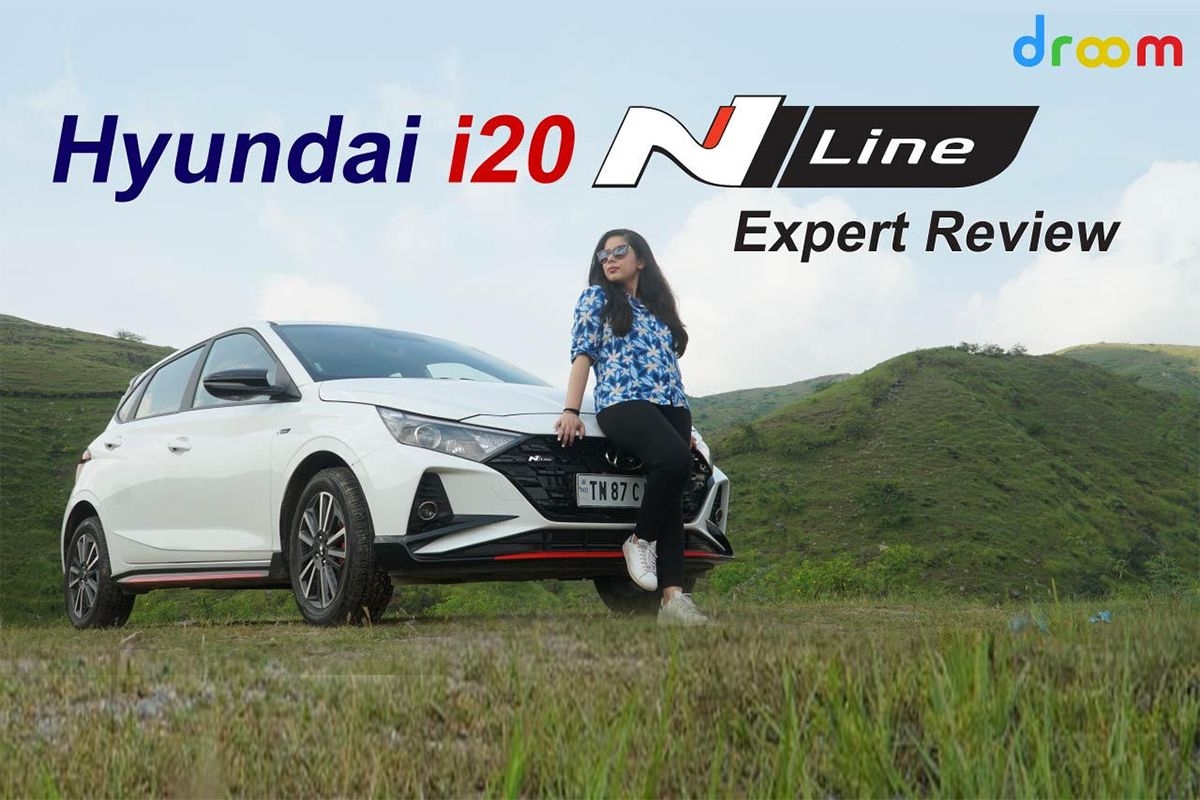
We drove the Hyundai i20 N Line recently to find out whether it really delivers a sporty experience?
Read More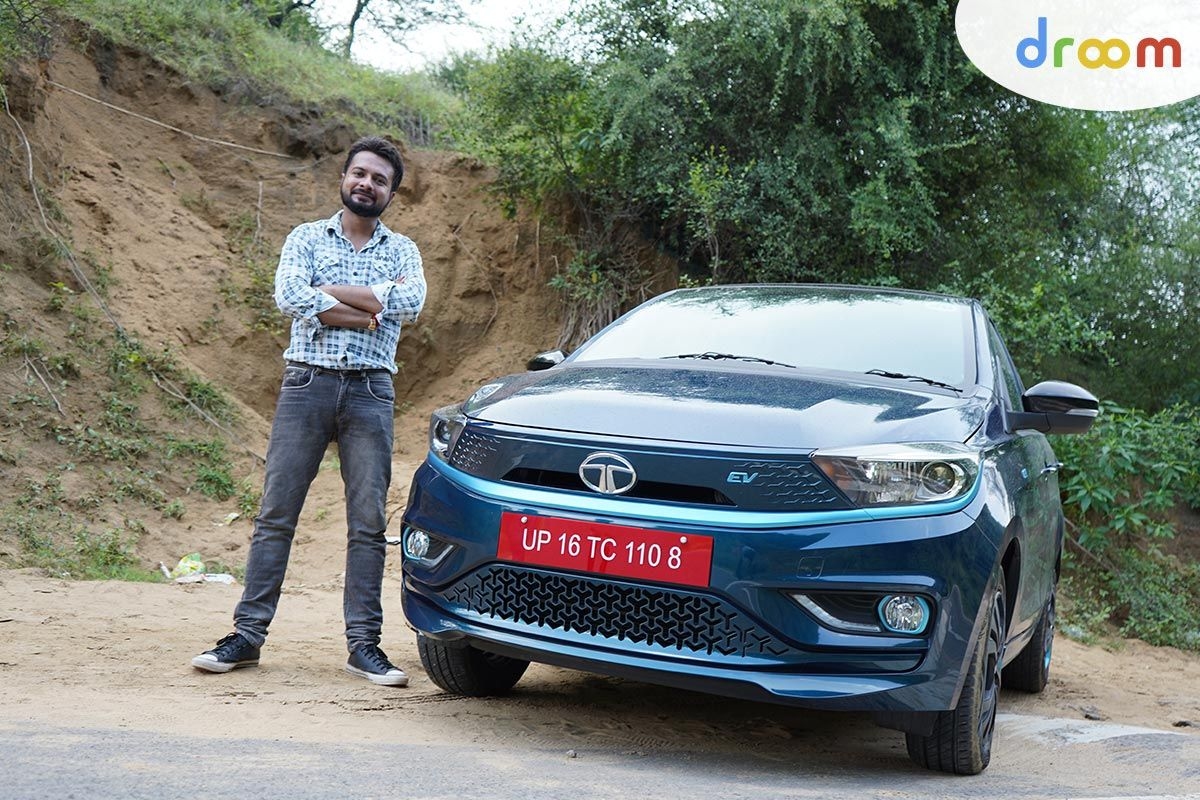
We recently took the Tigor EV out for a spin and we gathered interesting information about it
Read More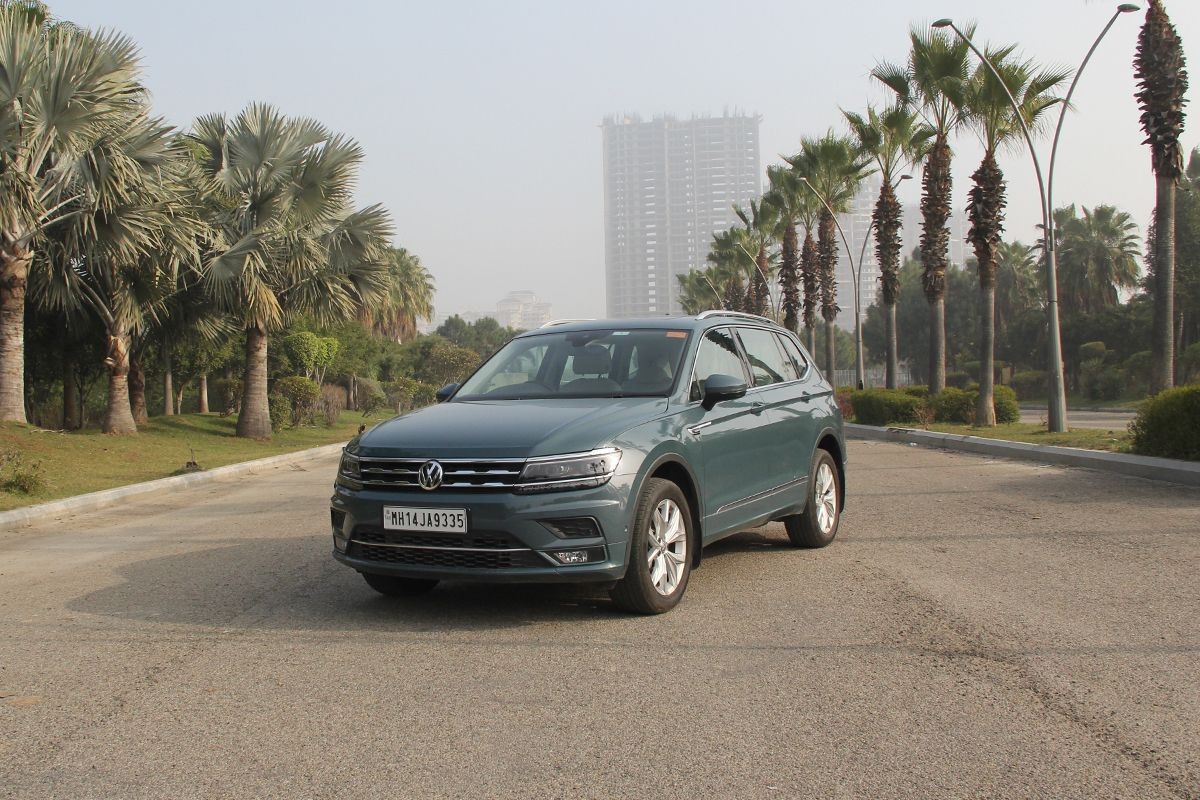
Introduced last year at the Delhi Auto Expo, Volkswagen Tiguan All-Space aims to offer more room and an additional row of seats. Can it manage to take away a few chunks from the full-grown SUV pie is what we are here to find?
Read More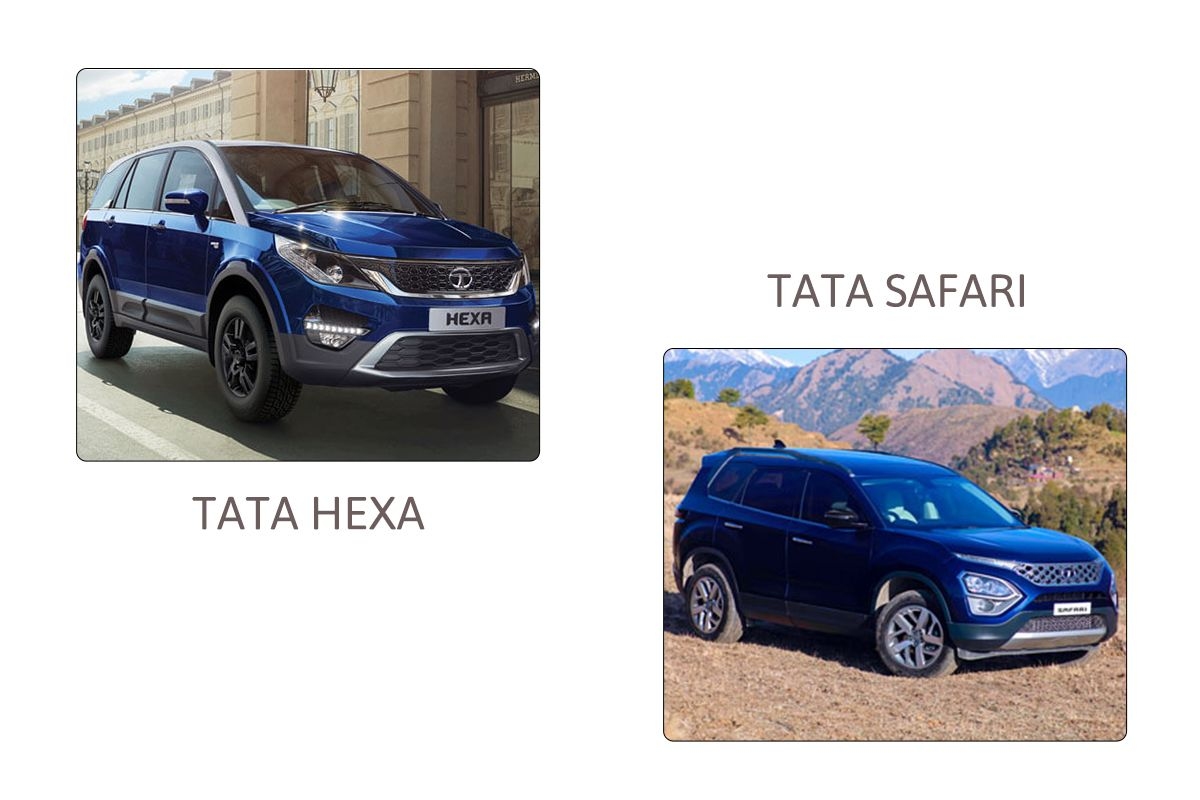
New Tata Safari or Used Tata Hexa: Price, Variants, Features & Engine Specifications
Read More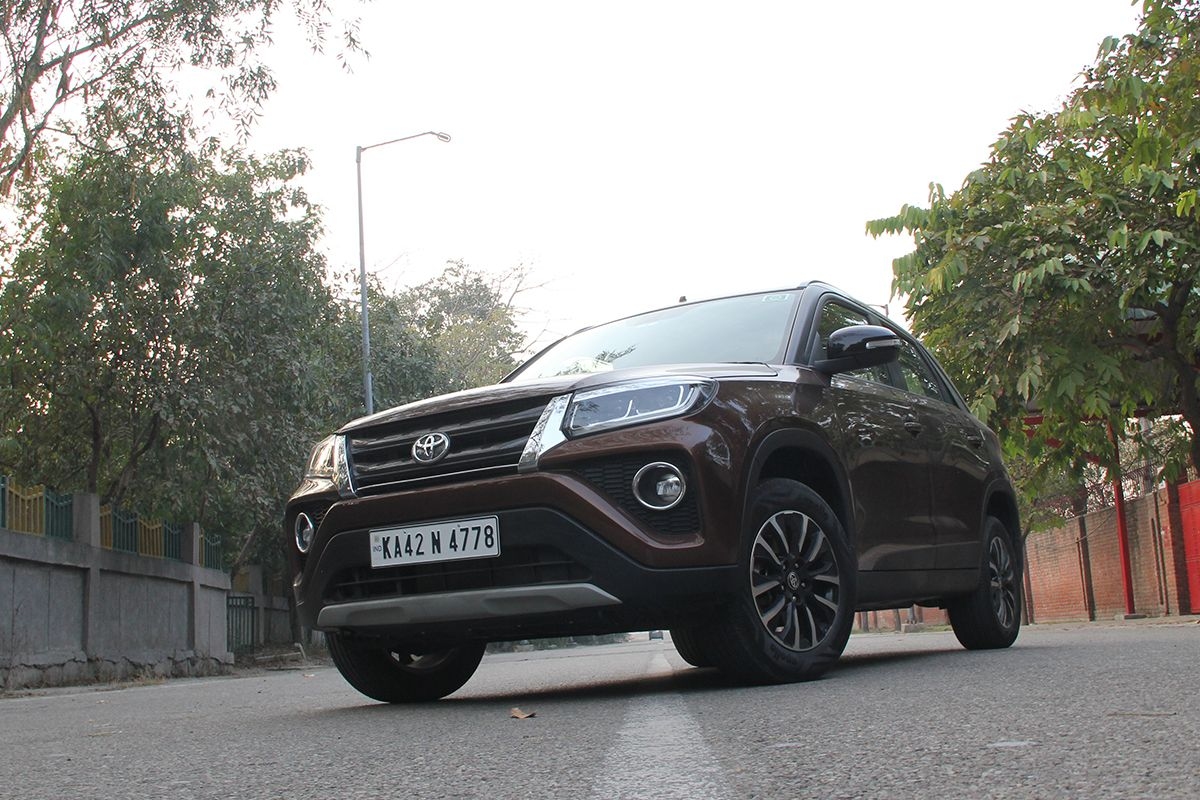
Toyota Kirloskar Motors last year entered the subcompact SUV space with the Urban Cruiser. What is this new model all about, let us find out?
Read More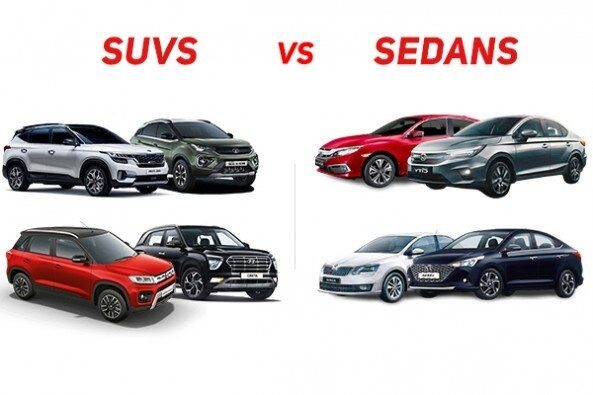
Check the story to find the factors that could ultimately help you to make a choice between an SUV or a sedan
Read More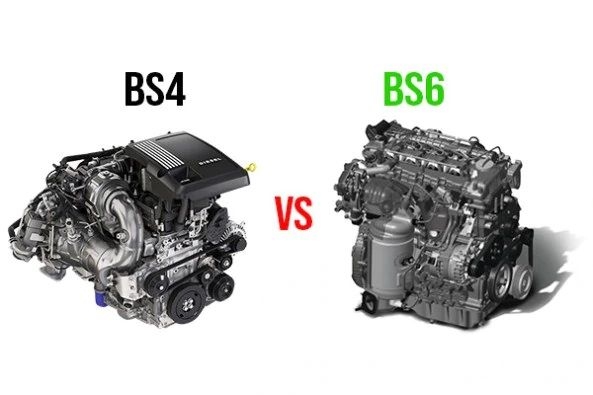
New BS6 Emission Norms apply to all major on-road vehicles categories in the country. The impact on petrol and diesel vehicles analyzed.
Read More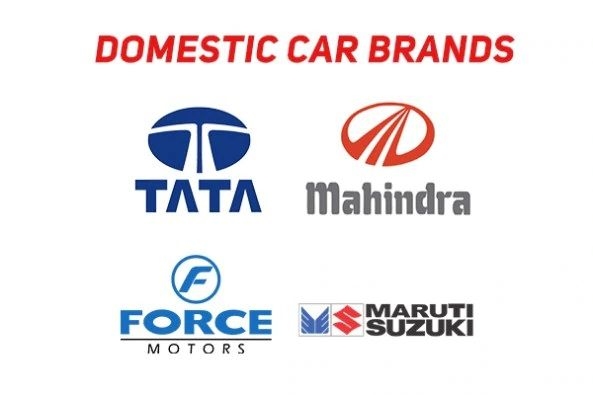
We compare domestic vs foreign car brands in India
Read More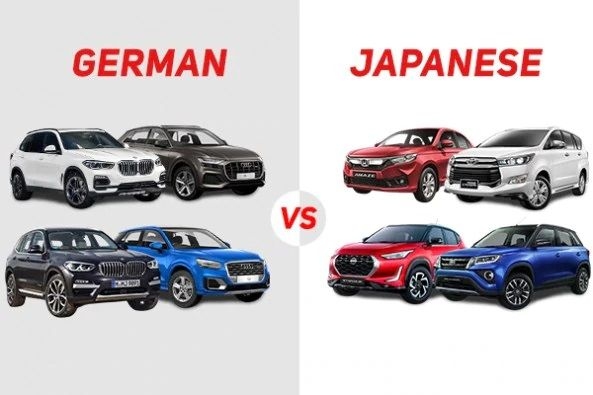
Check out the story to find out what differentiates Japanese and German automakers from each other in terms of price, safety, and reliability.
Read More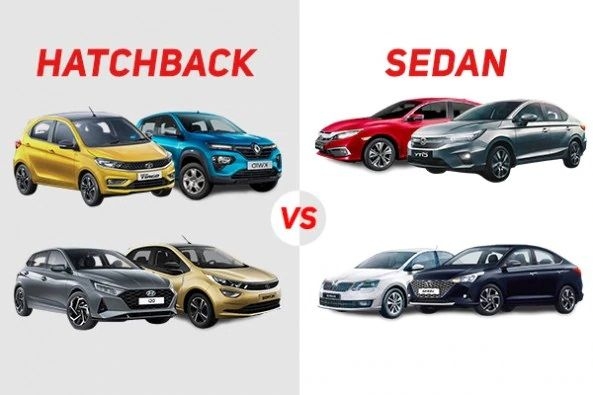
Read this story to find the factors that could be the key to making a smarter choice between a hatchback and a sedan
Read More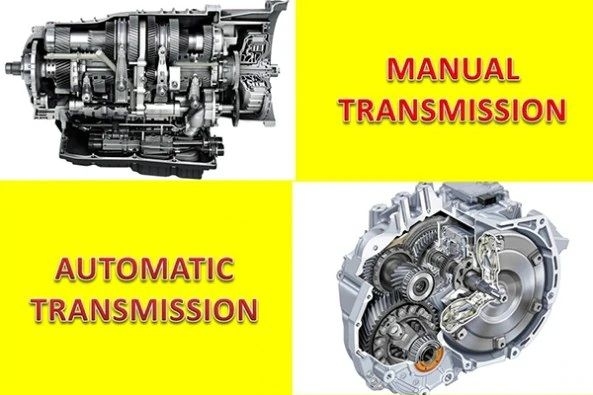
Know the primary and secondary differences between manual and automatic gearboxes in this piece
Read More